I know I need a trim but the name of this shop was not enticing.

The first thing one notices upon debarking the train is the building are quite Bath-like. We’ll let Wikipedia explain:
Bath Stone is an oolitic limestone comprising granular fragments of calcium carbonate. Originally obtained from the Combe Down and Bathampton Down Mines under Combe Down, Somerset, England, its warm, honey colouring gives the World Heritage City of Bath, England, its distinctive appearance. An important feature of Bath Stone is that it is a ‘freestone‘, so-called because it can be sawn or ‘squared up’ in any direction, unlike other rocks such as slate, which forms distinct layers.
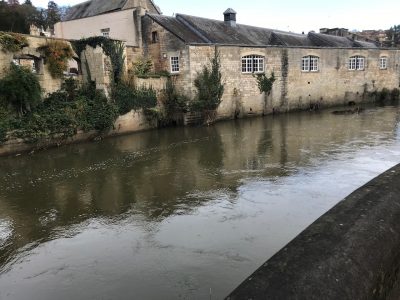


I confess I was shocked to see residential trash incinerators for sale. A great way to muck up the climate
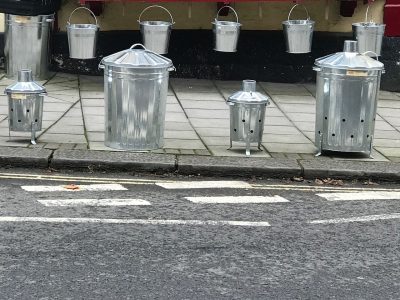
The eagles looked real at first glance
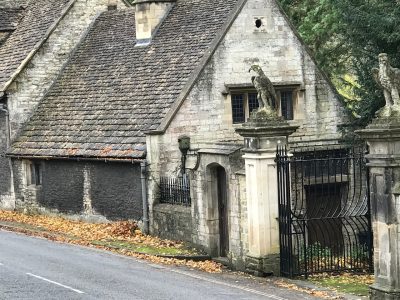
St Thomas More is a RC church

And the Swan dates from 1500

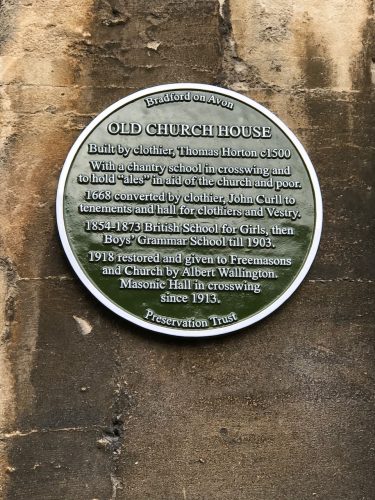
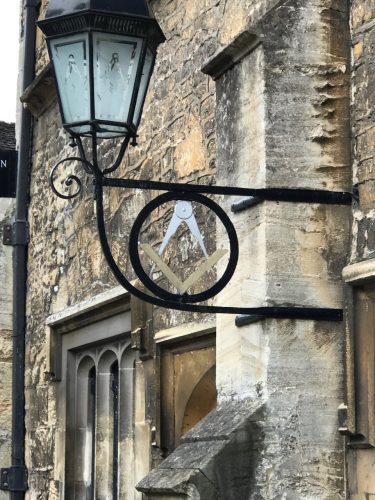
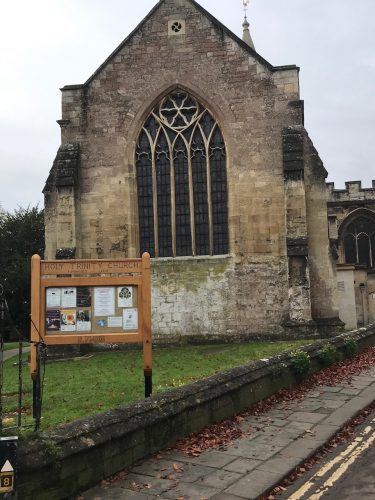
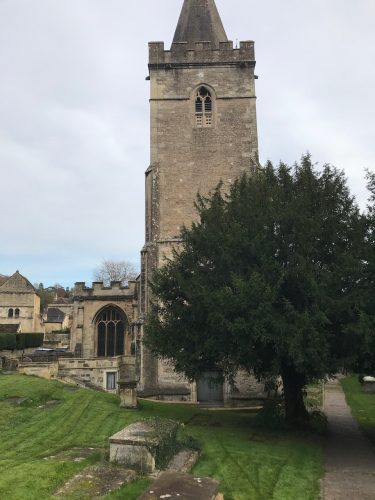

The church went through a £2.5m renovation last year. No government monies of course. Some Lottery money but the majority of the funds came from selling a painting for £1.5m
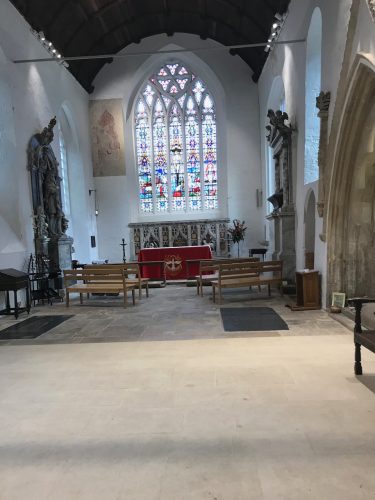
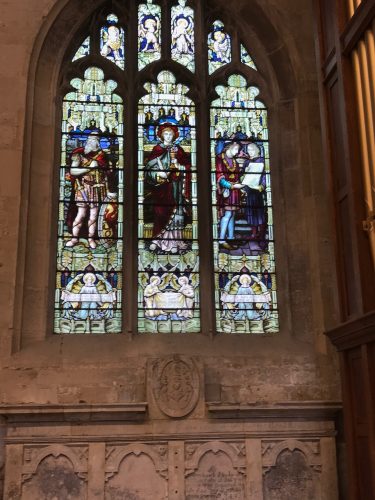
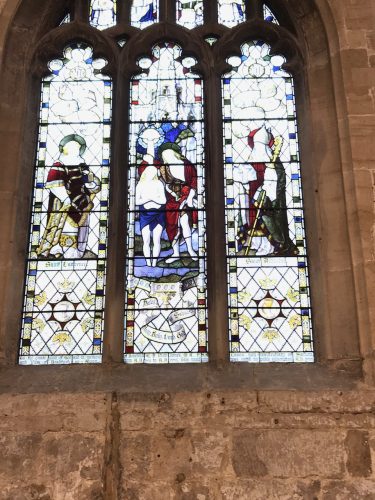
Then a stroll along the Avon
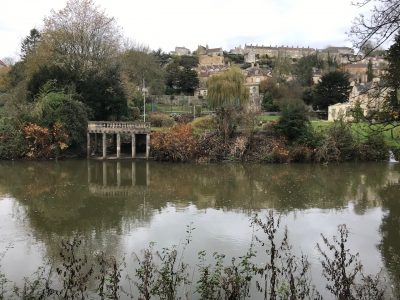
Then down a canal

The Lock Inn offered a 1/2

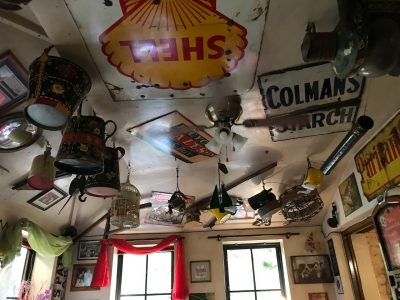
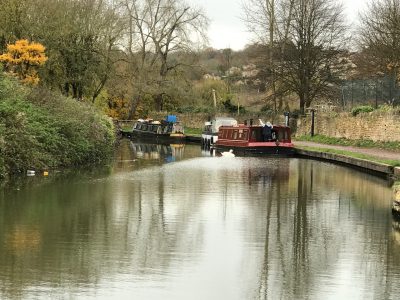
The Tithe Barn, dating from the 14th-century building, originally belonged to the nuns of the nearby Shaftesbury Abbey, the richest nunnery in England. It was used for storage of tithes, during the Middle Ages. A charge of 10% was levied on the landlords who wished to store their farm produce in the barn.

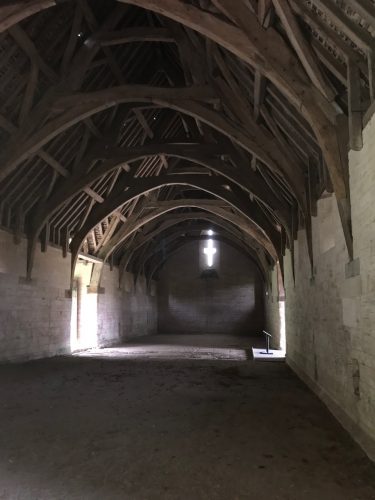
And back in Bath, a few more pubs and a take out from the chippy.


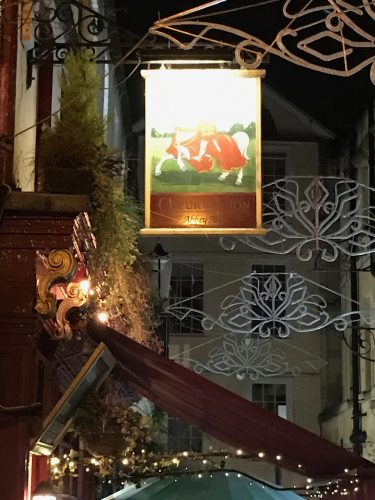
{ 0 comments… add one now }